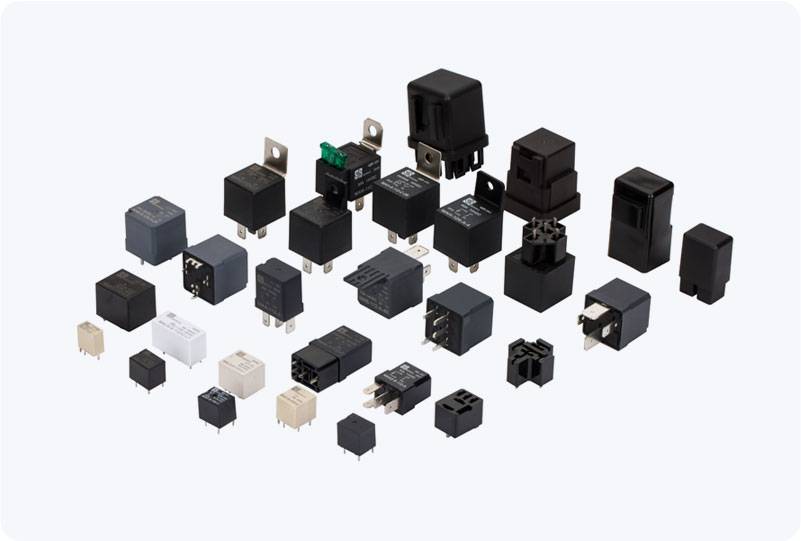Arc suppression is a critical aspect of maintaining the safety and stability of electrical systems, especially in high-voltage applications. One of the key devices used to prevent the harmful effects of electric arcs is the Arc Suppression Relay (ASR). This relay plays a vital role in protecting electrical equipment from damage and ensuring the smooth operation of power systems. In this article, we will explore the importance of Arc Suppression Relays, their working principles, applications, and benefits in modern electrical infrastructure.

What is an Arc Suppression Relay? An Arc Suppression Relay (ASR) is an electrical protection device designed to detect and suppress the occurrence of electrical arcs in circuits, particularly during the opening or closing of switches and breakers. Arcs are a common phenomenon in electrical systems when a circuit is interrupted under load conditions. They occur due to the ionization of air or other gases at the contact points of a switch or breaker. If not controlled, arcs can lead to significant damage to electrical equipment, fires, and other hazards. The primary function of an Arc Suppression Relay is to minimize the duration and intensity of these arcs, preventing them from causing damage to circuit breakers, switches, or transformers. This is achieved by detecting the arc occurrence and instantly acting to suppress it through a variety of methods.